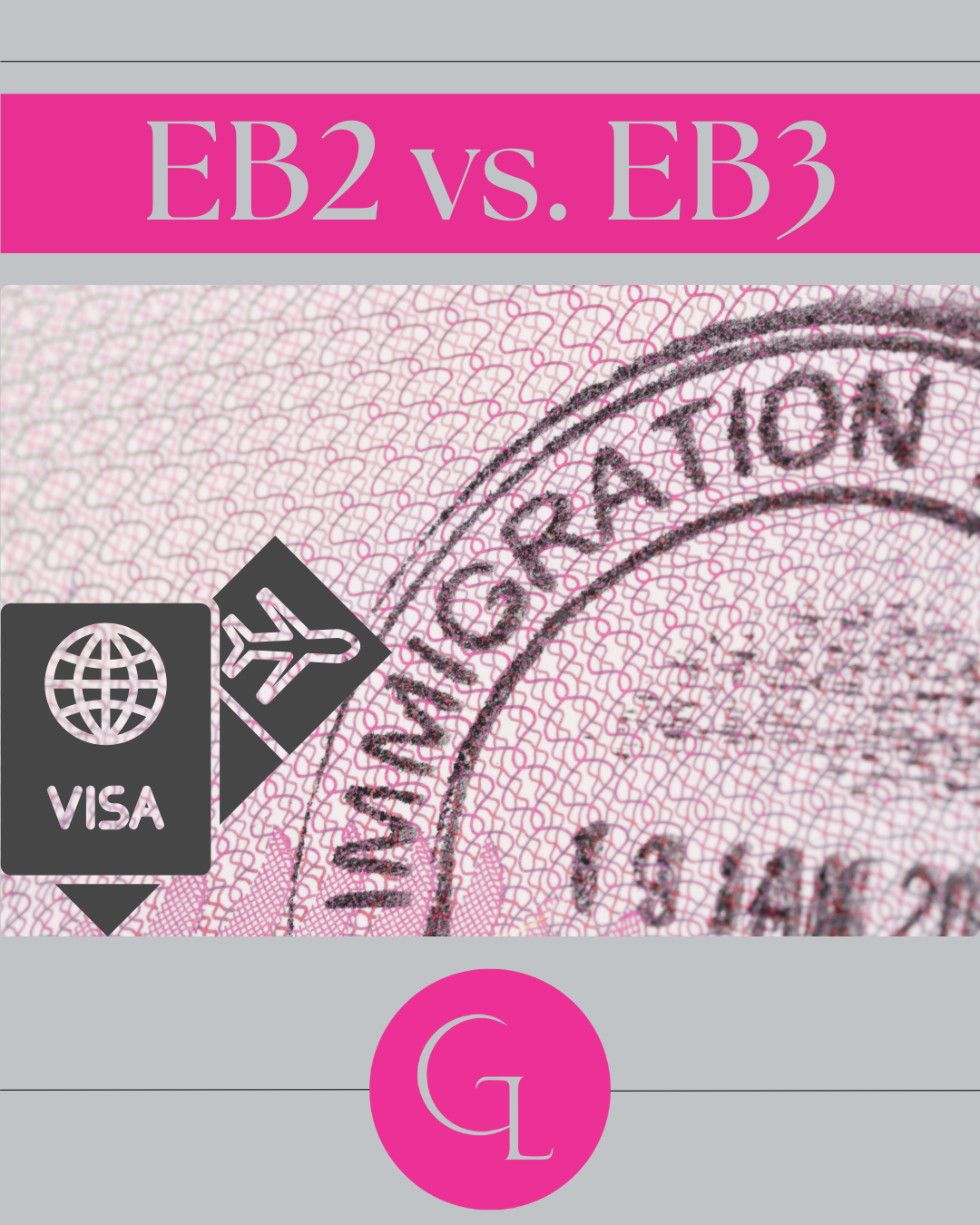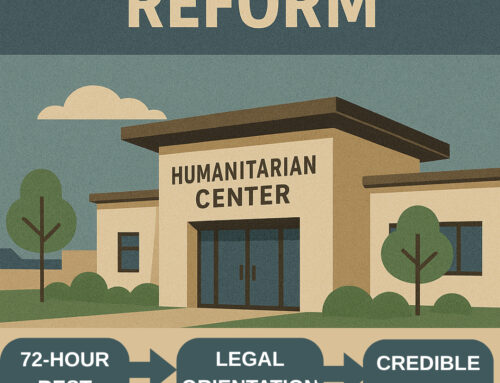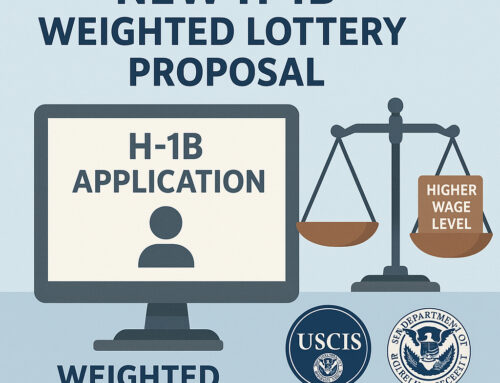At Garvish Immigration Law Group, we don’t just file papers, we craft futures.
When it comes to employment-based green cards, one of the most common questions we hear is:
What’s the difference between EB-2 and EB-3? And which one should I pursue?
If you are filing through a labor certification, then it will depend on your employer and the minimum requirements for the position they offer to you on a long-term, ongoing basis. A common misconception is that the preference category is determined by the qualifications that the beneficiary possesses. This is correct in part since the beneficiary must qualify for the job offered, but the real determining factor is based on the minimum qualifications for the position offered.
To break it down further:
EB-2: The Advanced Route
The EB-2 category is for professionals with advanced degrees or those with exceptional ability in the sciences, arts, or business. Think master’s degree or higher or a bachelor’s plus five years of progressive experience. The job offered by your sponsoring employer must require an advanced degree or the equivalent unless you are filing a self petition through the National Interest Waiver process. You may be eligible for a National Interest Waiver (NIW), which means you can skip the PERM labor certification process if your work benefits the U.S. on a broader level.
This path can be faster for many applicants, especially those born in countries with shorter visa backlogs, but there have been times when the EB-3 category is current or moving faster than EB-2 especially for Indian nationals. The trick is that you can always file an EB-3 immigrant petition if you have an EB-2 PERM labor certification approved, but not the other way around so it may be advisable to go for the position with advanced degree or equivalent requirements.
EB-3: The Skilled & Steady Track
EB-3 encompasses jobs offered with minimum requirements of a bachelor’s degree (professionals), skilled workers for positions requiring at least two years of experience, education or training and the other workers category is for positions requiring less than two years of experience, education or training. The annual quota for unskilled positions in the other workers category is 10,000 so the wait time can be and is currently longer than EB-3 Professionals or skilled workers who make up the rest of the annual quota.
So, Which One?
We suggest that you talk with your potential employer sponsor and an experienced immigration lawyer to determine your eligibility and what path may be best for you. We work together with employer sponsors and beneficiaries to align the pathway with your shared long term vision. If you can self sponsor through a National Interest Waiver, we will screen you for that process as well.
If you’re debating EB-2 vs. EB-3 or just want to understand your options, let’s talk.
About the Author
Elizabeth Garvish
Elizabeth L.A. Garvish founded Garvish Immigration Law Group, LLC in 2011 after practicing immigration law in small boutique firms, big law and nonprofits. Elizabeth is a frequent speaker and presenter on entrepreneurship and U.S. immigration topics around the world. She is an active member of the American Immigration Lawyers Association (AILA) and serves on various national committees and is the Past Chair of the Georgia-Alabama Chapter of AILA. Elizabeth is also a certified member of the EO Global Speakers Academy.





